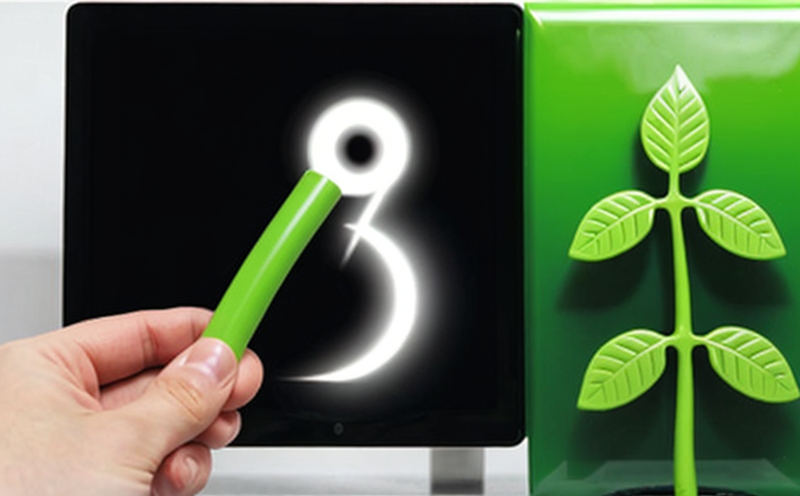EN 15643-2 Sustainability Indicators for Buildings
The European Standard EN 15643-2 provides a framework for assessing sustainability indicators in buildings. This standard is particularly relevant to the construction and infrastructure sectors, where energy efficiency and sustainability are key priorities. The scope of this service encompasses a wide range of indicators that contribute to sustainable building design and operation.
The primary objective of EN 15643-2 is to offer a consistent methodology for evaluating various aspects of building sustainability, including but not limited to lifecycle analysis (LCA), embodied energy, resource efficiency, and operational performance. It aims to help stakeholders make informed decisions that align with environmental goals while ensuring economic viability.
The standard covers several key areas:
- Energy consumption during the building’s operation
- Embodied energy of construction materials used in the building
- Water usage and waste management practices within the facility
- Emissions from both operational and lifecycle phases
- Social impact assessments related to occupant health and well-being
- Material sourcing and local content analysis
The testing process involves detailed documentation of all components contributing to these indicators. Specimen preparation typically includes collecting data on materials, energy usage records, water consumption logs, and other relevant metrics. Once collected, this information is analyzed using advanced software tools tailored for lifecycle assessment (LCA).
Upon completion of the analysis, comprehensive reports are generated that outline the sustainability performance of each building evaluated under EN 15643-2. These reports serve as valuable resources for architects, engineers, developers, and other professionals involved in green building projects.
The implementation of such standards not only enhances environmental responsibility but also supports compliance with regulatory requirements across Europe. By adhering to these guidelines, organizations can demonstrate their commitment to sustainability while potentially improving brand reputation and attracting eco-conscious clients.
For those looking to integrate EN 15643-2 into their projects or existing facilities, our team offers tailored services that cover every step from initial consultation through final reporting. Our expertise ensures accurate measurement of all required parameters ensuring compliance with international standards like ISO 14067 and PAS 2030.
Customer Impact and Satisfaction
The application of EN 15643-2 has a profound positive impact on both the environment and customer satisfaction within the building sector. Customers benefit from reduced energy bills, improved indoor air quality, enhanced occupant comfort, and lower maintenance costs.
- Customers see direct financial benefits through decreased utility expenses
- Improved health outcomes for occupants contribute to higher employee productivity levels
- Sustainable design elements increase property value and desirability among potential tenants or buyers
- Compliance with international standards enhances reputation and attracts environmentally conscious clients
Our commitment to excellence in sustainability testing has led to high levels of customer satisfaction. We pride ourselves on delivering accurate, reliable results that exceed expectations every time.
International Acceptance and Recognition
EN 15643-2 enjoys widespread acceptance throughout Europe due to its alignment with broader environmental objectives set by organizations like the European Commission. It is widely recognized as a leading standard for sustainable building practices, supported by numerous professional bodies including CIBSE (Chartered Institution of Building Services Engineers).
The adoption of this standard not only promotes greater transparency regarding a building's sustainability credentials but also fosters collaboration between various stakeholders involved in green building initiatives.
Competitive Advantage and Market Impact
Incorporating EN 15643-2 into your projects can provide significant competitive advantages. It enables you to differentiate yourself from competitors by offering eco-friendly solutions that appeal to increasingly environmentally conscious consumers.
Achieving certification under this standard can open doors to new markets and opportunities, particularly in regions where sustainability is becoming a key consideration for both buyers and investors. Demonstrating leadership in sustainable practices also strengthens your brand image and fosters long-term customer loyalty.





